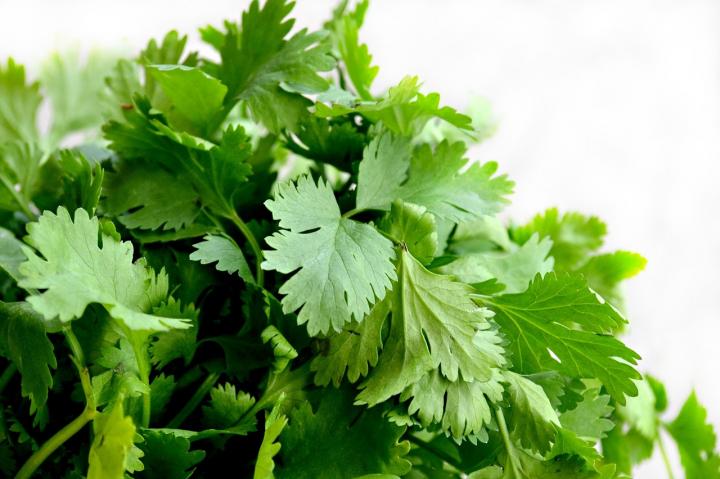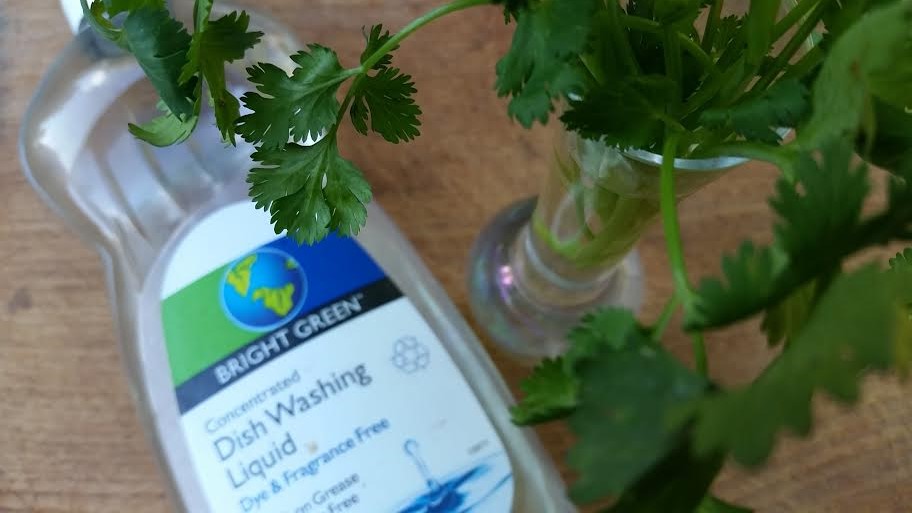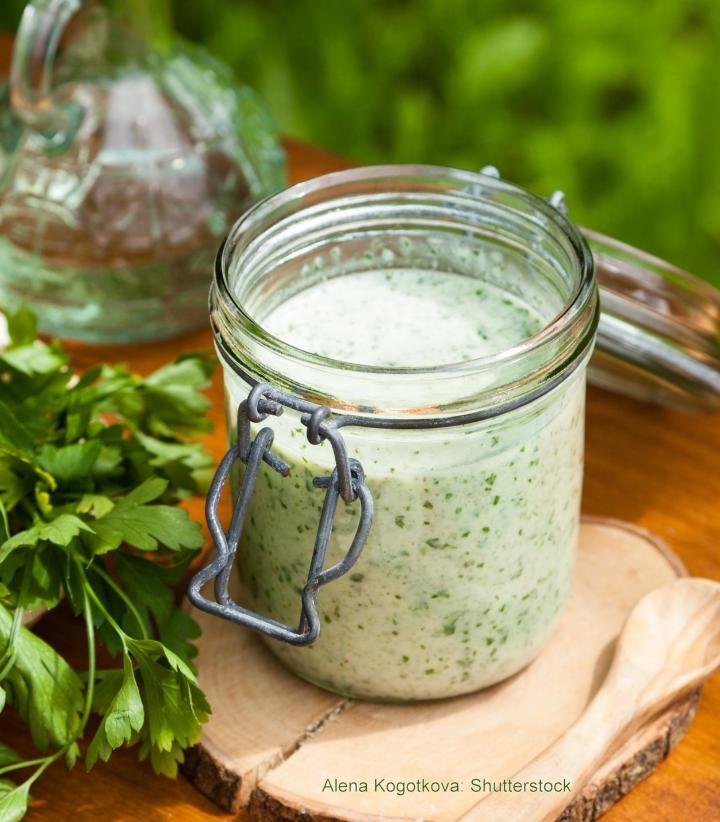






Cilantro, Coriandrum sativum, also known as coriander or Chinese parsley, can incite a repulsed reaction in certain people. As a frequent eater and huge fan of cilantro, I found it odd when I would come across someone who felt utter disgust for cilantro, claiming it tastes awful, like soap. To be honest, I figured they might just be picky or maybe had eaten some bad salsa once and blamed it on the cilantro. It turns out that their reaction is not just an overreaction. It is real and grounded in science.
Cilantro belongs to the Umbelliferae family, and while native to the southeastern corner of the Mediterranean, it is now grown throughout many parts of the world. It is a hardy annual and quite easy to grow. The flat, broad, lacy leaves of this herb are referred to as cilantro, while the seeds are known as coriander. Both the leaves and seeds of the plant are highly aromatic but offer different tastes. That is where the interesting part comes in.
For those that are put-off, the taste is described as soapy or metallic, and the reference to the plant smelling like a stink bug is common. If that rings true for you, don’t fret—you are not crazy and you happen to be in good company.
Julia Child was vocal about her disdain of the herb, saying, “Cilantro and arugula I don’t like at all. They’re both green herbs, they have kind of a dead taste to me. I would pick it out if I saw it and throw it on the floor.” For those who feel the same way, the utter dislike for the herb is truly visceral.

What scientists have discovered is that there may be a genetic link for this strong negative reaction to the smell and flavor of cilantro. A study done by a genetic research team at 23andme on over 14,000 participants of European ancestry found that there are at least two genetic variants that determine whether or not someone detects this soapy smell in the leaf of cilantro.
One of the variants has an olfactory receptor gene, OR6A2, which encodes for specific aldehydes that are present in the cilantro leaf and give it the characteristic odor. This is the gene they believe may be responsible for the perception of the soapy scented leaf.
While your genes may predispose you to either love or hate cilantro, it’s not the only factor determining your herb preference, and it’s never too late to turn over a new leaf. According to one study done by a Japanese University, crushing the leaf may release enzymes that convert the aldehydes into another substance with no aroma making it more palatable.
Others have found positive results by slowly incorporating small amounts into their foods to recondition themselves to develop a taste for it. Whatever way you slice or dice it, if you are forever a foe of the green, lacy herb, by all means toss it all onto my plate!
If you’d like to become a friend of cilantro, find out how to grow it on our plant page.

For the cilantro lovers out there, here are some delicious recipes!
Tell us about your experience with cilantro below!
Are You Planning To Make A Model Railroad Scenery?
If You Are a Tree Lover the Parkland Tree Service Is a Must
Are You Looking Out For Cheap Gazebos?
Are You Looking For The Best Flowering Trees?
Are you wondering how to go about drying gourds?
Herb Garden Plants – Lily·of·the·Valley – Hearts Friend
Copyright © www.100flowers.win Botanic Garden All Rights Reserved